Summary Points:
- I explain why countries like India (52%) and China (67%) charge high tariffs on U.S. goods.
- I break down the U.S.’s “discounted reciprocal tariffs,” like 26% for India, and why they’re not matching fully.
- I talk about how trade agreements and politics, like India’s GSP removal, play a big role in these tariffs.
- I dig into how the U.S. calculated these tariff numbers, factoring in things like currency manipulation.
- I share what this means for India and global trade, and why it’s a tricky balance for everyone.
Introduction
Tariffs are those taxes that countries put on goods coming from other places. Yesterday, President Trump displayed an interesting chart that shows the tariffs different countries charge on goods from the U.S. It also displayed how the U.S. will respond with its own discounted reciprocal tariffs (see the full table here). The press meet in which President Trump showed these tariffs yesterday, I saw it today on the Indian news channels.
Seeing the table, I thought about how trade works, why countries charge tariffs, and how India will be effect by it. So, I though to research (the displayed numbers on the table) and share the finding with you in this blog post.
The chart lists tariffs charged to the U.S. by various countries, and the U.S.’s response.
For example:
- China charges 67%, and the U.S. replies with 34%.
- Vietnam is at a whopping 90%, so the U.S. sets its tariff at 46%.
- India charges 52%, and the U.S. responds with 26%.
Some countries like the UK, Brazil, and Australia have a low 10%, and the U.S. matches that with 10%. There are also countries like Cambodia at 97% and the U.S. at 49%, or Laos at 95% with the U.S. at 48%.
It’s a long list, 50 countries in total.
But what’s clear is that the U.S. is trying to match these tariffs, but at a lower rate (Trump calls it discounted). Let’s learn more about it.
Latest US’ Tariff Table
| Country | Tariffs Charged to the U.S.A. | U.S.A. Discounted Reciprocal Tariffs |
|---|---|---|
| China | 67% | 34% |
| European Union | 39% | 20% |
| Vietnam | 90% | 46% |
| Taiwan | 64% | 32% |
| Japan | 46% | 24% |
| India | 52% | 26% |
| South Korea | 50% | 25% |
| Thailand | 72% | 36% |
| Switzerland | 61% | 31% |
| Indonesia | 64% | 32% |
| Malaysia | 47% | 24% |
| Cambodia | 97% | 49% |
| United Kingdom | 10% | 10% |
| South Africa | 60% | 30% |
| Brazil | 10% | 10% |
| Bangladesh | 74% | 37% |
| Singapore | 10% | 10% |
| Israel | 33% | 17% |
| Philippines | 34% | 17% |
| Chile | 10% | 10% |
| Australia | 10% | 10% |
| Pakistan | 58% | 29% |
| Turkey | 10% | 10% |
| Sri Lanka | 88% | 44% |
| Colombia | 10% | 10% |
| Peru | 10% | 10% |
| Nicaragua | 36% | 18% |
| Norway | 30% | 15% |
| Costa Rica | 17% | 10% |
| Jordan | 40% | 20% |
| Dominican Republic | 10% | 10% |
| United Arab Emirates | 10% | 10% |
| New Zealand | 20% | 10% |
| Argentina | 10% | 10% |
| Ecuador | 12% | 10% |
| Guatemala | 10% | 10% |
| Honduras | 10% | 10% |
| Madagascar | 93% | 47% |
| Myanmar (Burma) | 88% | 44% |
| Tunisia | 55% | 28% |
| Kazakhstan | 54% | 27% |
| Serbia | 74% | 37% |
| Egypt | 10% | 10% |
| Saudi Arabia | 10% | 10% |
| El Salvador | 10% | 10% |
| Côte d'Ivoire | 41% | 21% |
| Laos | 95% | 48% |
| Botswana | 74% | 37% |
| Trinidad and Tobago | 12% | 10% |
| Morocco | 10% | 10% |
Table of Contents
- 1. Why Do Countries Charge Tariffs in the First Place?
- 2. What’s This “Reciprocal Tariff” Thing the U.S. Is Doing?
- 3. The Role of Trade Agreements and Politics
- 4. How Does the U.S. Calculate the “Tariffs Charged to the U.S.A.”?
- 5. How Does the U.S. Decide Its Reciprocal Tariffs?
- 6. What Does This Mean for India and the World?
- Conclusion
1. Why Do Countries Charge Tariffs in the First Place?
Tariffs are like a tax that a country puts on goods coming from another country.
Imagine you’re running a small shop in your village, and you sell homemade jalebis. Now, someone from the next village starts bringing in their jalebis, and they’re cheaper because they’ve got a big factory. Your customers start buying their jalebis instead of yours.
What do you do?
You go to your village head and say, “Please put a tax on those outside jalebis so they become more expensive, and people will buy mine instead.” That’s what countries do with tariffs, they’re trying to protect their own businesses.
For example,
- A country like Cambodia, which charges 97% on U.S. goods, might be doing this to protect its local industries. Maybe they have small factories making clothes or toys, and they don’t want big American companies coming in and taking over the market.
- Or take Laos, with a 95% tariff. These are developing countries, and tariffs are a big way for them to make money for their government.
- Our own government here in India puts taxes on imported cars or electronics to help our local companies like Tata or Mahindra grow. India’s tariff of 52% on U.S. goods. It isn’t as high as Cambodia’s, but it’s still there to make sure our farmers and manufacturers don’t lose out to American products.
But it’s not just about protection. Sometimes, tariffs are a way to send a message.
Consider China, charging 67%. A few years back, around 2018-2020, the U.S. and China got into a big trade fight. The U.S. said China was playing unfair by keeping its currency value low, making its goods cheaper to sell abroad. China didn’t like that and raised tariffs on U.S. goods in return.
It’s like two neighbors arguing, if you block my road, I’ll block yours.
Politics plays a big role in tariffs, and countries often use them to show who’s boss or to push for better trade deals.
2. What’s This “Reciprocal Tariff” Thing the U.S. Is Doing?
Now, let’s see the U.S. side of things.
The chart calls their tariffs “discounted reciprocal tariffs.” What does that mean?
- Well, “reciprocal” means matching, Its like, if you charge me a tariff, I’ll charge you one back.
- But the U.S. is being a bit smart here. They’re not matching the full amount; they’re giving a discount.
For example, Vietnam charges 90%, but the U.S. only charges 46% back. India charges 52%, and the U.S. responds with 26%.
Why is the U.S. doing this (reciprocal tariff but at a discount)?
I think it’s a mix of strategy and practicality.
- First, they want to send a message: “If you charge high tariffs on our goods, we’ll charge you back.” It’s a way to push countries to lower their tariffs. Imagine if Vietnam saw that 46% tariff from the U.S. and thought, “This is hurting our exports. Maybe we should lower our 90% to get the U.S. to lower theirs.” It’s a bargaining tool that US is beginning to use on other countries.
- But what is the reason for the discount? If the U.S. charged the full 90% on Vietnam, or 97% on Cambodia, it would hurt American people too. How? Well, a lot of things residents of US use every day, like clothes, shoes, or electronics, come from these countries. If the U.S. puts a high tariff, those things become more expensive for Americans to buy. It’s the same reason why, here in India, we don’t put crazy high taxes on imported mobile phones. Too high tariffs will make our iPhones unaffordable. So by the use of discounts, the U.S. is trying to balance things: local business interest vs price of things.
3. The Role of Trade Agreements and Politics
There is an interesting thing in the tariff chart.
Some countries already have very low tariffs, like the UK, Australia, and Brazil, all at 10%. The U.S. matches that with 10%. Why are these tariffs so low? It’s because of trade agreements.
The U.S. has special deals with these countries, called Free Trade Agreements (FTAs). Between these countries, they they have already agreed to keep tariffs low or even zero on many goods.
India doesn’t have an FTA with the U.S., which is probably why our tariff is higher at 52%.
But trade isn’t just about agreements, it is also about politics.
In the speech, Trump mentions “currency manipulation and trade barriers” as reasons for these tariffs. What does that mean?
Some countries, like China or Vietnam, might keep their currency value low on purpose. This makes their goods cheaper to sell abroad, giving them an advantage. The U.S. doesn’t like that, it’s like if your neighbor sells their mangoes at half price because they’ve got some trick up their sleeve. That’s why China’s tariff is at 67% (US has estimated it like that). It’s not just the actual tax effect, but also the effect of these other tricks (like currency manipulations, etc).
Politics also comes into play with countries like India. We’ve had our share of trade tensions with the U.S. A few years ago (2019), the U.S. took away India’s special trade status under something called the Generalized System of Preferences (GSP), which gave us lower tariffs on some goods. Why? Because they felt India wasn’t giving enough access to American companies.
So, the estimated 52% tariff might be due to the necessity of “protecting local industries” and a bit of the “effect of trade status status removal and GSP.”
4. How Does the U.S. Calculate the “Tariffs Charged to the U.S.A.”?
The U.S. likely arrived at these tariff figures, such as China (67%), Vietnam (90%), and India (52%), by calculating a weighted average of tariffs imposed on U.S. goods across key sectors.
The U.S. Trade Representative (USTR) or the Department of Commerce would analyze tariff schedules from each country. They must have focused on major export categories like agriculture, electronics, or machinery.
For example, if China imposes a 50% tariff on U.S. cars and 80% on agricultural goods, the U.S. might average these rates, weighted by the volume of exports, to arrive at 67%.
The chart mentions “currency manipulation and trade barriers.” It suggests that the U.S. is also factoring in non-tariff barriers. For example, a country like Vietnam or China devalues its currency to make its goods cheaper. It effectively acts as a “hidden tariff” on U.S. exports. Hence, the USTR might estimate the impact of the hidden tariff as well. Say, they could have adding an additional 20% to Vietnam’s nominal tariff of 70% to reach 90%.
They could also include the effect of subsidies, quotas, or regulatory restrictions that hinder U.S. exports, converting these barriers into an equivalent tariff rate.
The USTR regularly publishes reports on foreign trade barriers, providing a factual basis for such figures. This rigorous methodology ensures the numbers are defensible, allowing the U.S. President to confidently cite them in a press meet as part of a broader trade policy narrative.
5. How Does the U.S. Decide Its Reciprocal Tariffs?
Now let’s understand how the U.S. sets these “discounted reciprocal tariffs.”
From the chart, it looks like they have used a simple rule, take the tariff the other country charges, divide it by two, and round it to the nearest number.
For example:
- Cambodia charges 97%, so the U.S. does 97 divided by 2, which is 48.5%, and rounds it to 49%.
- Vietnam’s 90% becomes 46%, and
- India’s 52% becomes 26%.
- But for countries with low tariffs, like 20% or less, the U.S. seems to set a minimum of 10%. So, New Zealand charges 20%, but the U.S. only charges 10%. It’s like they’ve decided 10% is the lowest they’ll go, no matter what.
This approach makes sense when you think about it.
By setting a tariff that’s half of the other country’s, the U.S. is saying, “We’re not happy with your high tariffs, but we’re not going to start a big fight either.” It’s a way to keep the pressure on without going too far.
Back in 2019 (Trump administration) there was a lot of talk about reciprocal tariffs. They even proposed a Reciprocal Trade Act, which would let the U.S. match tariffs exactly if they wanted to. But matching fully, like 97% for Cambodia, would have caused too much trouble. So this time, they went with this discounted method instead.
The U.S. also has to follow some global rules.
There’s this organization called the World Trade Organization (WTO), which sets guidelines for trade. Under WTO rules, countries are supposed to keep tariffs at a standard rate for all members, unless they have a special agreement.
The U.S. can’t just charge whatever it wants without a good reason. At present, the US is just proving (by resenting a data) that a few country (who are ket for the US) are being unfair to them. But they do not want to start a trade war.
That’s probably why they’re careful with these reciprocal tariffs, making sure they don’t break WTO rules while still addressing what they see as unfair trade practices.
6. What Does This Mean for India and the World?
India’s tariff of 52% on U.S. goods shows.
We think it is necessary because it is our way to protect our industries, especially things like agriculture and manufacturing. We’re a big country with a lot of farmers and small businesses, and we can’t let foreign goods flood our markets too easily.
But the U.S. is also responding with 26% means our exporters, like those selling textiles or medicines (at present excluded from the reciprocal tariff impact) to the U.S, have to deal with higher costs. It’s a challenge and a ground for future negotiations with the U.S.
Globally, this tariff game affects everyone.
I also wonder about the future. Will this reciprocal tariff idea catch on with other countries? Imagine if India started doing the same, matching tariffs with countries that charge us high rates. It could be a way to push for fairer trade, but it might also lead to more tension.
Conclusion
Tariffs are a tool countries use to protect their industries, make money, or send a message.
The U.S., with its discounted reciprocal tariffs, is trying to create a level playing field. They’re doing it in a way that avoids too much conflict.
It’s a bit like how we negotiate in a flea market. We push for a better discount, but we don’t push too much to make break the deal.
What are your views on the “Discounted Reciprocal Tariffs” announced by the U.S. in the yesterday’s update? Also, I have written this post from a different angle so as to explain how US have arrived at those numbers (my personal views).
Share with my in the comment section below your thoughts on the same topic.
Have a happy investing.


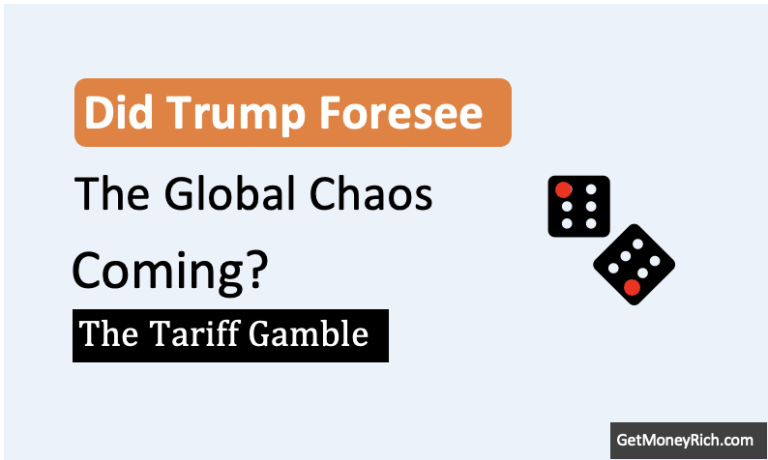
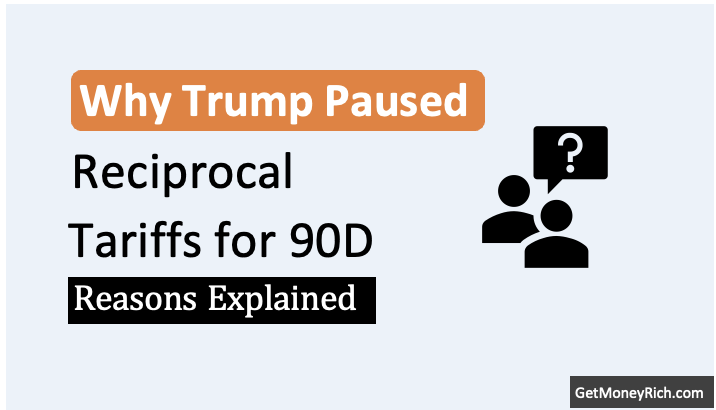
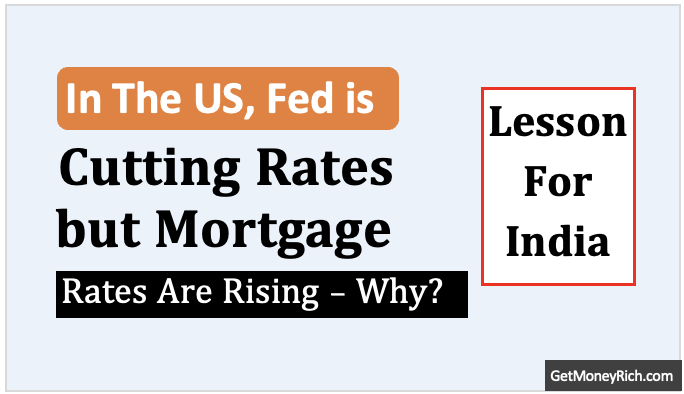
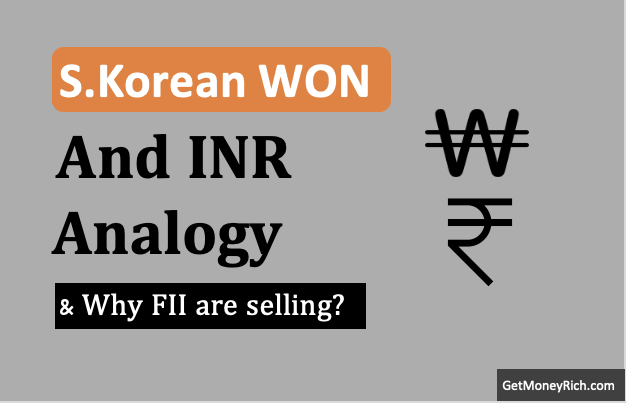
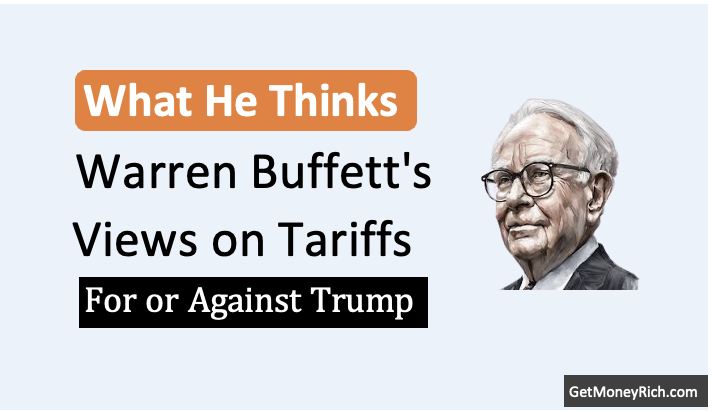
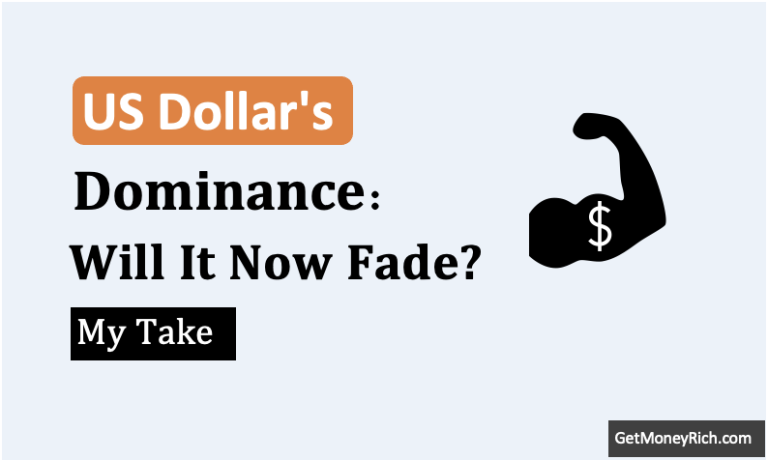
Thank you for your valuable insights, Mani!
Reading your blogs since years and check everyday if there is a new post.
Could you please put some light on Indian IT industry (especially on companies like Persistent Systems Ltd. , Coforge, TCS, Infy, etc.) w.r.t. Reciprocal Tariff? On 3rd April, 2025 i.e. today PSL Share tumbles down by 9%+. Unsure what’s ahead in the near future and long term for Indian IT industry.
Thank you Sagar for posting your comment. Noted your feedback (IT). Thanks again.
[Post on IT stocks is here]